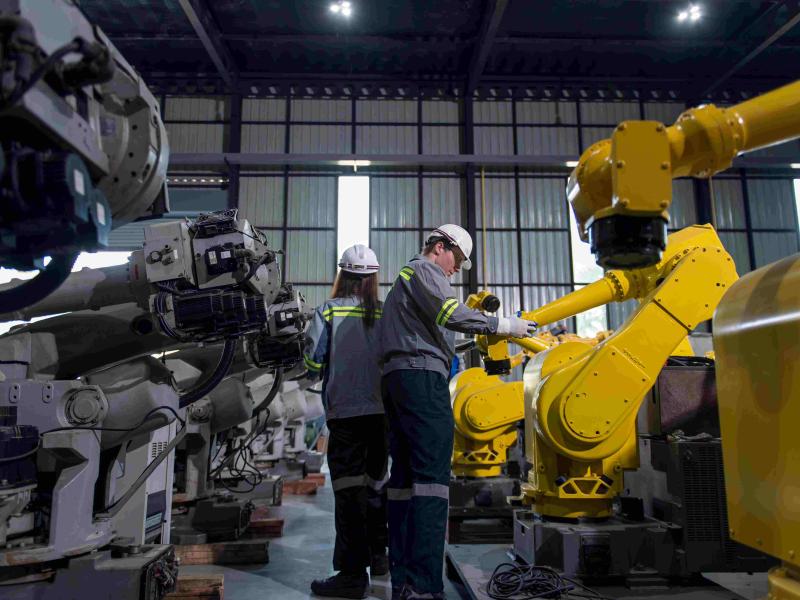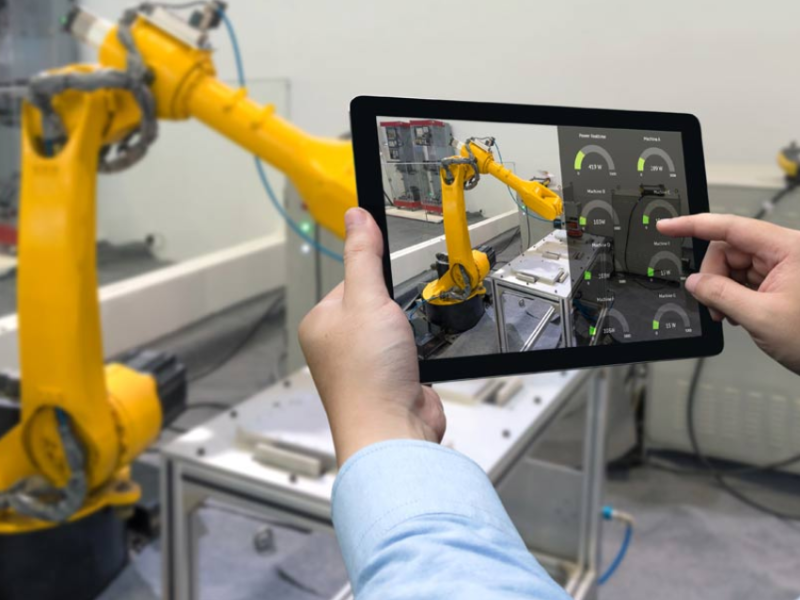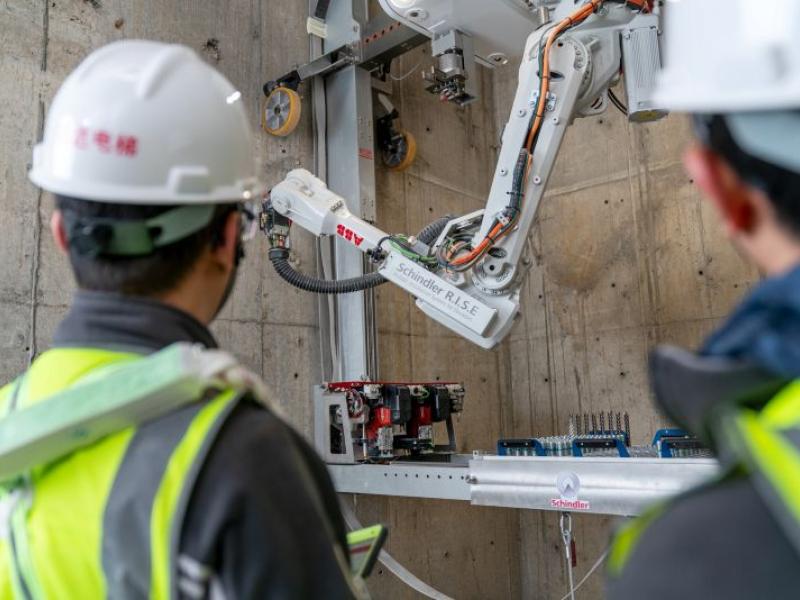New Zealand-based agritech company Robotics Plus, is attending FIRA USA to showcase Prospr, its autonomous, multi-use, hybrid vehicle for agriculture.
Designed to carry out a variety of orchard and vineyard crop tasks more efficiently and sustainably while reducing reliance on labor, Prospr was launched last year at FIRA, an event dedicated to autonomous agriculture and agricultural robotics solutions. Prospr is already transforming orchard and vineyard operations in the US, Australia and New Zealand.
Steve Saunders, Co-founder and Chief Executive Officer at Robotics Plus, says, “The big challenge for growers globally is how to consistently produce more food sustainably while reducing their environmental impact. That’s why we developed Prospr, a robust autonomous vehicle with unique modular architecture and all-day running that empowers growers to adapt to the jobs they need to do in an ever-evolving agricultural landscape. Prospr’s design centres on utilization and flexibility, adapting to different tools for various crop types, growing formats and heights, and applications year-round - maximizing return on investment.
“Prospr significantly increases efficiency across a variety of crop tasks, with capabilities including automated intelligent spraying, decreases emissions by reducing fuel consumption by 70% with its hybrid diesel-electric system, and reduces inputs - enhancing environmental sustainability, cost, and reliance on increasingly hard-to-find machine operators. It’s great to see Prospr already working in orchards and vineyards globally to elevate operations.”
Dr Alistair Scarfe, Co-founder and Chief Engineering Officer at Robotics Plus, says, “We’re looking forward to joining the conversation with industry leaders, partners, and growers at FIRA about how robotics and automation can help the agricultural sector transform. We’re excited to showcase Prospr’s autonomous capabilities, including its advanced artificial intelligence capabilities and user-friendly interface – and talk about how we designed Prospr to alleviate labour challenges and drive efficiency, sustainability, safety, and precision for vineyards and orchards.”
AI-powered navigation, safety and precision
At the core of Prospr’s innovation is its advanced AI (artificial intelligence) system, which combines intelligent features to maximise efficiency, safety, and operational uptime in demanding orchard and vineyard environments.
• Collision avoidance system: Prospr’s state-of-the-art collision avoidance system integrates LiDAR and cameras to detect and identify obstacles, ensuring safe navigation in complex environments. This system enables Prospr to autonomously adjust its speed, avoid obstacles, and stop when necessary, maintaining high operational speeds while ensuring safety.
• LiDAR technology for obstacle detection: LiDAR’s (light detection and ranging) precise measuring capabilities use laser pulses to allow Prospr to create detailed 3D maps of the surroundings and distinguish between harmless elements like grass and foliage and critical obstacles. Prospr can maintain operational speeds while autonomously navigating row crops, only slowing or stopping for significant obstacles. For other obstacles in a row, the vehicle will slow to a safe speed and rely on triggering the front bumper to bring it to a stop if necessary.
Intuitive user interface (UI) for seamless control
Prospr’s highly intuitive user interface (UI) empowers operators to manage and monitor tasks remotely and efficiently. This interface simplifies complex operations, making it easy for operators to harness the full potential of autonomous technology.
• Key Features: Operators can manage and organise the day's jobs for multiple machines from a single location, track job status in real-time, remotely (enabling them to take care of other tasks) and maintain a detailed record of active and completed jobs. This enhanced visibility enables more precise planning, improved reporting, and operational flexibility.
• Safety and Environmental Controls: Operators can set parameters to ensure safe operations that protect people, crops, and the environment, aligning with sustainability goals.
• Vehicle: Operators can get an overview of vehicle stats and monitor what is happening while the vehicle runs a mission and can seamlessly switch between manual and autonomous functions.
Intelligent and targeted spraying
Growers can deploy a range of spray configurations on Prospr, with tower sprayers for grapes, apples, or tree crops already available. Spray rates and air speed are dynamic and controlled in zones or by individual fans to maximise spray efficacy and enable a more targeted application than traditional sprayers. The fine mist and turbulent air produced by the sprayers put spray on the backs of leaves; all of this results in superior droplet formation and spray deposition. Other attachments are under development and will be released over time.






